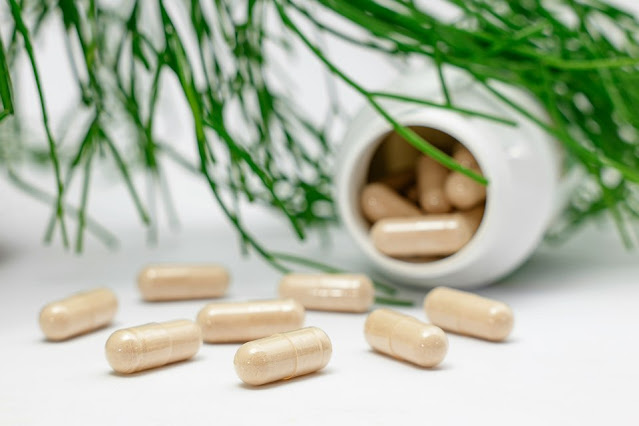Discover the benefits of vitamin D, symptoms of deficiency, practical ways to get enough vitamin D in your daily life, and healthy recipes. Learn actionable tips for bone health, immunity, and mood improvement.
Why Is Vitamin D Important?
Vitamin D plays a crucial role in absorbing calcium and phosphorus, supporting bone health, boosting immunity, and helping prevent diseases such as cancer, cardiovascular conditions, and depression. With more people spending time indoors, vitamin D deficiency is on the rise, which can lead to osteomalacia, osteoporosis, muscle pain, fatigue, and mood changes.
Key Benefits of Vitamin D
- Maintains Bone Health: Facilitates absorption of calcium and phosphorus, preventing osteoporosis, osteomalacia, and rickets.
- Boosts Immunity: Helps protect against infections like colds and flu.
- Improves Muscle Function: Supports muscle regeneration and helps prevent muscle loss, offering benefits similar to strength training.
- Enhances Mood and Prevents Depression: Plays a role in nerve protection and mood regulation, helping to alleviate depressive symptoms.
- May Prevent Chronic Diseases: Some studies suggest a protective effect against certain cancers, such as breast and colon cancer.
Causes and Symptoms of Vitamin D Deficiency
Causes:
- Lack of sunlight exposure
- Indoor lifestyle
- Excessive use of sunscreen
- Certain health conditions (digestive disorders, obesity)
Symptoms:
- Bone pain
- Muscle cramps
- Increased risk of fractures
- Fatigue
- Mood changes
- Growth issues in children
How to Get Vitamin D the Healthy Way
- Sunlight Exposure
Expose your arms and legs to sunlight for about 20 minutes, 2–3 times a week, to naturally synthesize vitamin D. Be mindful of the time and intensity to avoid skin aging and cancer risks.
- Diet: Vitamin D-Rich Foods
- Fatty fish: salmon, mackerel, tuna
- Egg yolks, cheese, milk, and other dairy products
- Mushrooms
- Eat a variety of these foods daily for optimal results.
- Healthy Meal Ideas & Recipes
- Baked Salmon with Asparagus: Salmon (vitamin D), asparagus (fiber), olive oil, and lemon juice.
- Sweet Potato Egg Salad: Boiled sweet potatoes, eggs, and fresh vegetables for a filling, nutritious meal.
- Mushroom Cream Soup: Made with milk and mushrooms for a simple dish rich in vitamin D and calcium.
- Supplements
If you lack sufficient sunlight or dietary intake, consult a healthcare professional about vitamin D supplements. Avoid excessive intake (over 4,000–10,000 IU per day), which can cause side effects like irregular heartbeat, dizziness, and fatigue.
- Healthy Lifestyle Habits
Regular exercise, adequate sleep, a balanced diet, and limiting alcohol and tobacco can help maintain healthy vitamin D levels.

Practical Tips for Everyday Life
- Include eggs and milk at breakfast, grilled salmon or mackerel for lunch or dinner, and yogurt, cheese, or mushroom dishes as snacks.
- Outdoor activities like walking or running 2–3 times a week provide both sunlight exposure and exercise benefits.
FAQ: Frequently Asked Questions about Vitamin D
Q1. Why is vitamin D so important?
A. Vitamin D supports bone health, boosts immunity, improves muscle function, and helps regulate mood.
Q2. How can I get enough vitamin D?
A. Through sunlight exposure, eating fatty fish, egg yolks, mushrooms, fortified milk, and supplements if needed.
Q3. What are the symptoms of vitamin D deficiency?
A. Fatigue, muscle weakness, bone pain, frequent colds, low mood, and osteoporosis.
References
- Harvard T.H. Chan School of Public Health: Vitamin D - The Nutrition Source
- Mayo Clinic: Vitamin D deficiency FAQ
- NIH Office of Dietary Supplements: Vitamin D - Health Professional Fact Sheet
Vitamin D is an essential nutrient for bone health, immunity, mood, and muscle function. Maintain your health by getting enough sunlight, eating vitamin D-rich foods, and adopting healthy lifestyle habits. Use supplements if necessary, with professional guidance.








Comments
Post a Comment